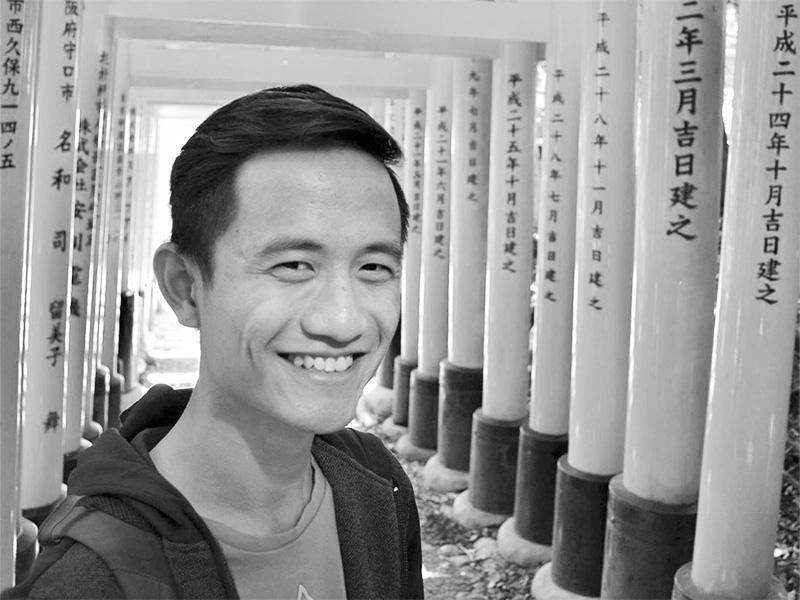SAN QUENTIN — Sixteen men wait for Donna Woll’s college-level psychology class to begin in classroom No. 7. Some glance at the walls, decorated with construction paper cutouts that proclaim: “No one is good at everything, but everyone is good at something,” and “Cuando es mi fecha de salida?” (When is my release date?)
The students wear slate blue uniforms. Teachers must pass two security checkpoints before entering, and guards occasionally look in. Students thumb their 2-pound textbooks delicately, because damage or loss of the $40 books means 80 hours of work to replace them.
The students are inmates at San Quentin State Penitentiary, and they are lucky to be in the only prison in the state that offers college classes on its grounds — though Ironwood State Prison in Blythe recently began satellite transmission of courses from a nearby community college.
Two decades ago, when he was 17, Olish Tunstall began a life sentence for a murder in the San Bernardino suburb where he grew up. A succession of prison transfers brought him to the state’s oldest lockup, and classroom No. 7.
“When I was growing up, my parents looked to me to be the one to go to college. I really disappointed them by coming to prison. But it’s a way for me to give something back,” Tunstall said. Math is his favorite subject, and he hopes to become an X-ray technician, should he win parole.
Studies show that prison education can be the deciding factor in improving an inmate’s future after parole.
San Quentin’s warden, Jeanne Woodford, said inmates who get degrees are less likely to return to jail and more likely to be good parents. “We need to break the cycle,” she said. “We need to stop this growing trend of needing more prisons.”
She has an unusual ally.
In 1989, Patten College — a nondenominational Christian college in west Oakland — began a biblical studies-ministry certificate program, offering courses in the Old and New Testaments and “Evangelism and Outreach” at prisons throughout the state. More than 600 inmates at 13 prisons enrolled. And in 1993, after intense lobbying, Patten won state accreditation for an associate’s degree program at San Quentin in liberal studies, which includes English, math, history, psychology and philosophy. Since 1998, Patten has conferred 37 associate’s degrees at San Quentin.
“Higher education prepares inmates to get out, so society can say, ‘Come and be my neighbor,’ ” said Patten College President Gary Moncher, who has taught a dozen courses at San Quentin. “It’s in society’s interest.”
But as Patten’s efforts got started, victims’ rights groups and the government turned against such programs. In 1993, then-Gov. Pete Wilson signed a bill revoking state funds for inmates’ higher education. And in 1994, then-President Bill Clinton signed legislation by then-Sen. Jesse Helms (R-N.C.) that eliminated the federal scholarship Pell Grants for inmates. With the main funding for such classes gone, the percentage of prisons nationwide offering associate’s degree programs dropped from 71% in 1994 to 37% in 1998, and the percentage of prisons offering bachelor’s degree programs dropped from 48% in 1994 to 20% in 1998, according to Richard Tewksbury, an expert who has studied higher education in the nation’s prisons. More than 350 college programs at prisons nationwide were scrapped.
For Patten College, this meant the loss of an annual $8,000 government grant to educate each inmate. Patten pushed ahead anyway, using an all-volunteer faculty. UC Berkeley PhD-holders and candidates in molecular and cellular biology, physics, comparative literature and sociology teach prisoners basic math, Spanish, physics, South African history, world religions and a host of other offerings.
These volunteers regularly brave a final warning before passing the third set of iron gates into the prison’s inner reaches. “If there is a hostage situation here at San Quentin, we will not negotiate your release.” “I understand,” they reply.
Woll, who has volunteered to teach the psychology class five times, said such education is an opportunity for inmates “to test their own ideas, and a way to build self-esteem. School has often been a source of failure for inmates, but here they see they can do it.”
Class discussions about the theoretical material often trigger insights by the inmates into their own pasts and behavior patterns.
“The therapist in me encourages that,” Woll said.
Teachers assign essays, papers, and written short responses to improve students’ reading and writing skills — common problem areas, teachers said. “I don’t make it easier for them,” Woll said. “I say: ‘If you are going to get an education, you have to make a sacrifice.’ I know they make lots of sacrifices, but I don’t think that making it easier for them in the long run will help them.”
So Woll prepares her students for the rigors of a reading assignment on psychotropics and human conditioning.
Nearby, English professor Judith Breen drills her students on clarifying mangled sentences. “Then the classroom couldn’t be found,” reads one inmate from a pile of green photocopies. He pauses a moment. “He couldn’t find the classroom,” he translates.
For inmate Jesse Reed, 43, the associate’s degree in liberal studies he earned while doing time will give him a start on the bachelor’s in communications he plans to pursue if he wins parole in August. “I didn’t feel like I could compete in society,” said Reed, who is serving a life sentence for a murder he committed during a botched armed robbery. The victim’s family has written two letters calling for his release, Reed said. “But this gives me hope. It’s allowed me to be able to do things I didn’t think I could.”
Attribution: This originally appeared on the Los Angeles Times on February 12, 2003. Read Story
Please note that the Prison University Project became Mount Tamalpais College in September 2020.











